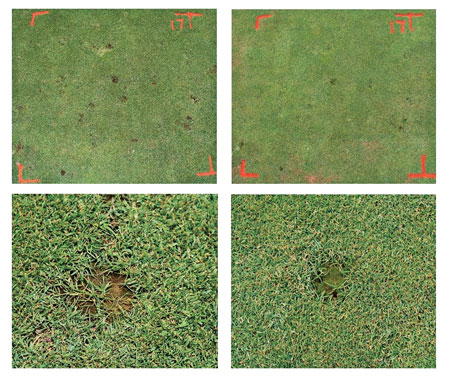Water, Water Everywhere: Experts weigh in on WOTUS
But with Waters of the United States, not a clear answer in sight Last month’s second annual Virginia GCSA Fall Conference offered an impressive list of speakers — well known turf experts like Virginia Tech’s Erik Ervin, Ph.D., GCSAA’s Rafael ...Read More






